RESTORATION, PRESERVATION & ARCHIVING
MENU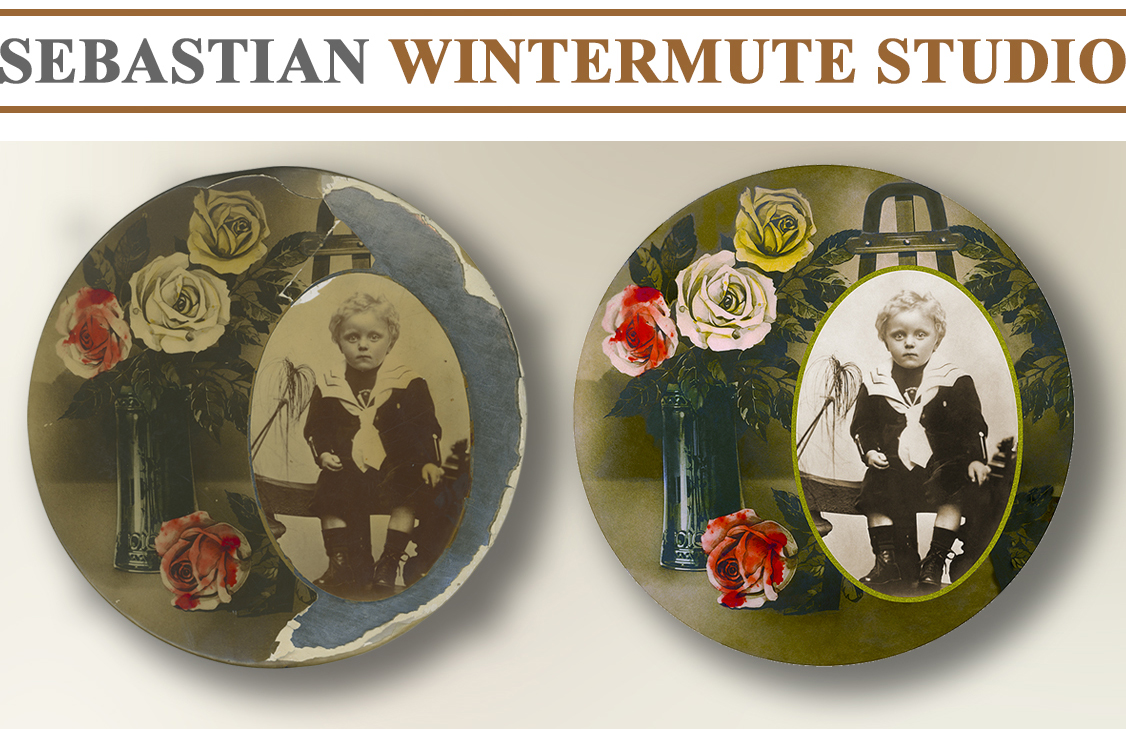
RESTORATION OF A PHOTO MEDALLION
Creating photo buttons and medallions was a widely sought-after service provided by numerous department store photo studios during the early to mid-20th century. The process of making a medallion involved adhering a photograph to a piece of card stock, adding shredded newspaper as a backing material, and then stretching the assembly over a large metal medallion. To enhance durability, the entire piece was coated with a thick layer of shellac or a similar clear lacquer.
These medallions were often displayed with pride on fireplace mantels or bookshelves, alongside other cherished family heirlooms. However, over time, the internal stresses from heat, humidity, and sunlight exposure frequently led to the development of cracks in the photograph's surface and the detachment of fragile pieces.
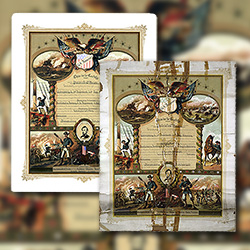 Even an experienced conservation and restoration artist finds restoring such photographs to be an extremely challenging undertaking that requires good knowledge of materials and restoration techniques.
Even an experienced conservation and restoration artist finds restoring such photographs to be an extremely challenging undertaking that requires good knowledge of materials and restoration techniques.
When an amateur steps in, thinking that Super Glue or clear tape can fix anything, the results can be disastrous, potentially causing even more damage or completely ruining a piece that holds significant personal or historical value.
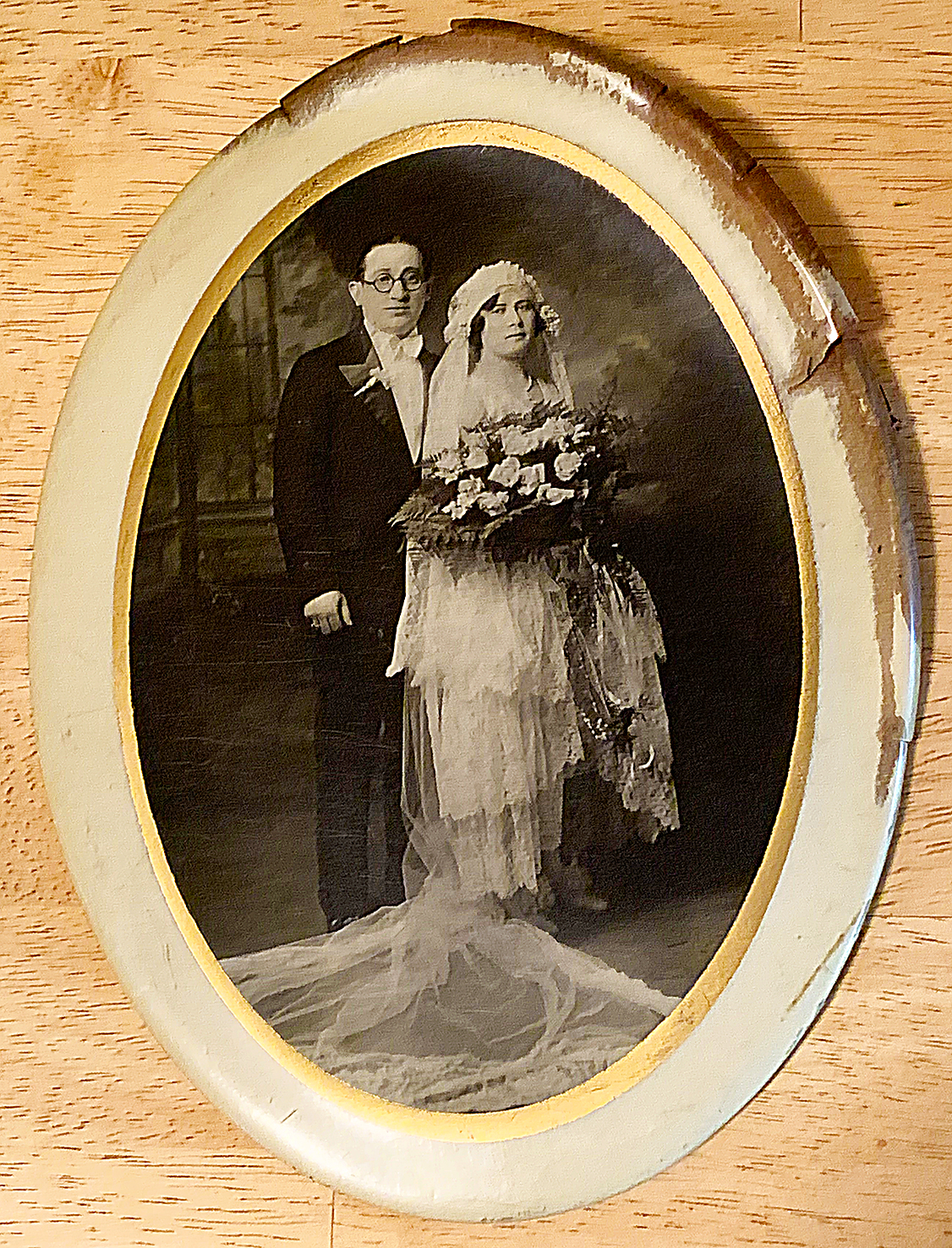 In most cases a damaged itrem can be restored with application of solutions specially formulated for make the material pliable again, and by using adhesives, which are known not to produce any dangerous chemical reactions, to fix the separated pieces in their proper places.
In most cases a damaged itrem can be restored with application of solutions specially formulated for make the material pliable again, and by using adhesives, which are known not to produce any dangerous chemical reactions, to fix the separated pieces in their proper places.
If the damage is too extensive or if large sections of the photograph are missing, it’s still possible to restore it by creating a reproduction, digitally retouching the damages, and replicating the lost pieces.

|

|
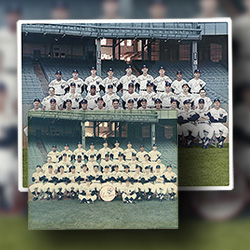
|
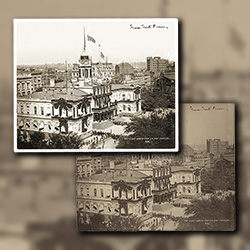
|
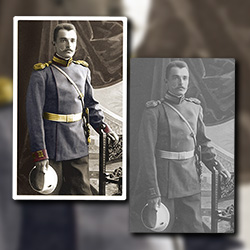
|
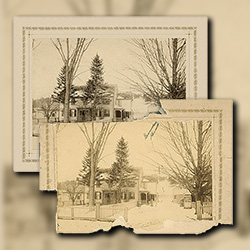
|
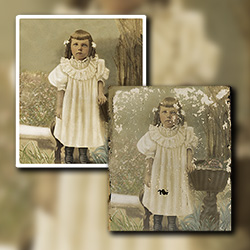
|

|
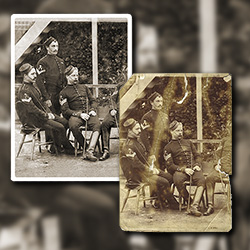
|
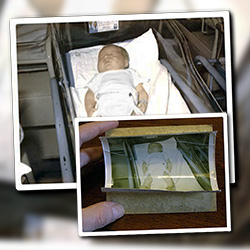
|

|
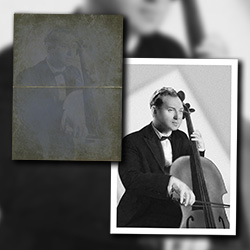
|
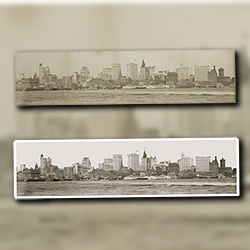
|
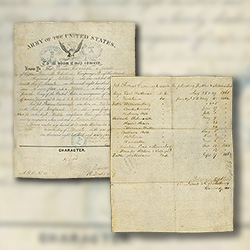
|
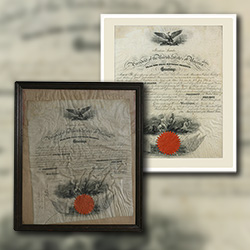
|
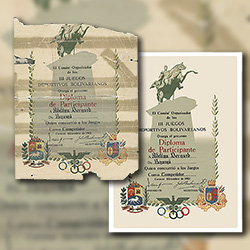
|
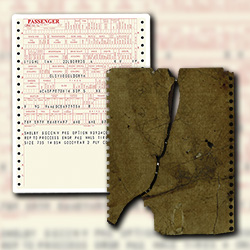
|
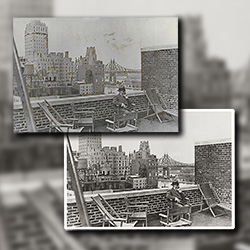
|
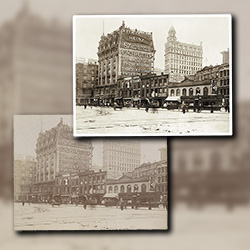
|
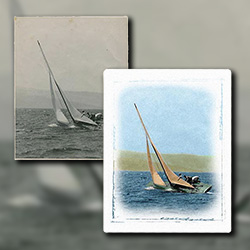
|
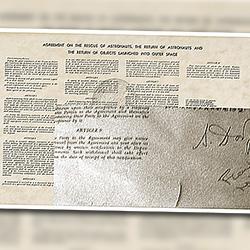
|

|

|

|
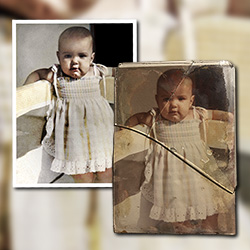
|

|
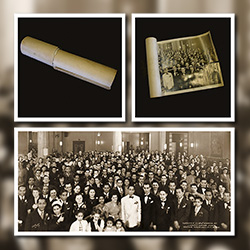
|
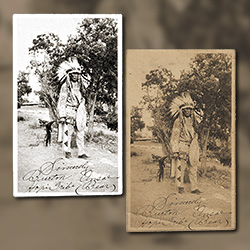
|

|
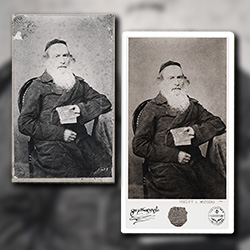
|
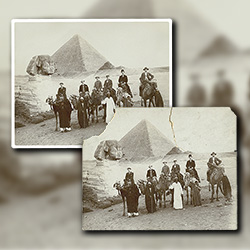
|

|

|

|

|
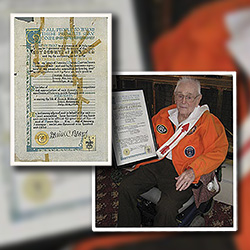
|
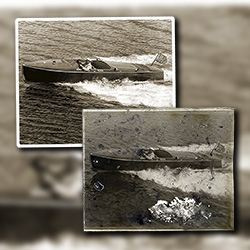
|
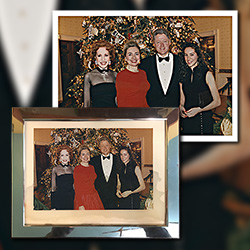
|
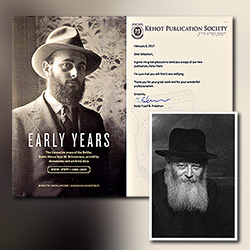
|
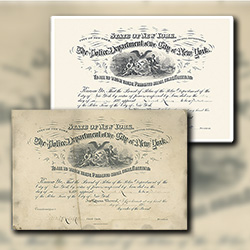
|

|
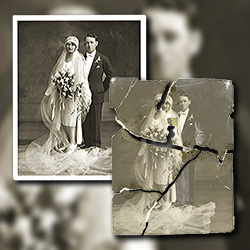
|
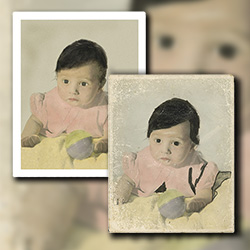
|
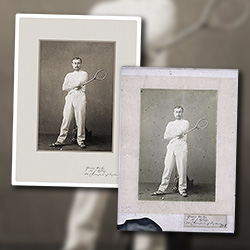
|
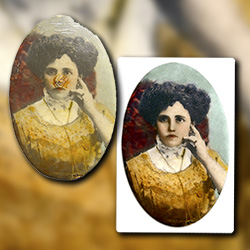
|

|

|
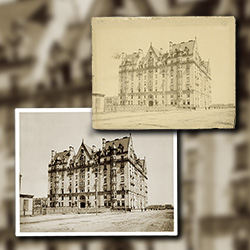
|
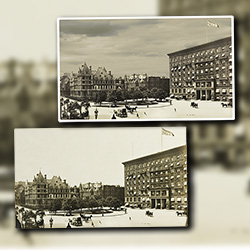
|

|
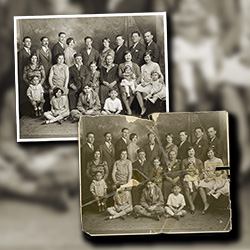
|

|
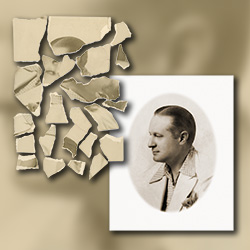
|
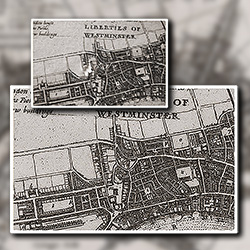
|
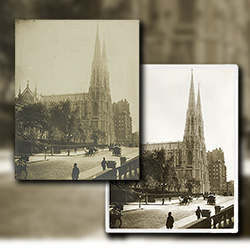
|
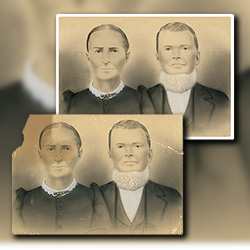
|
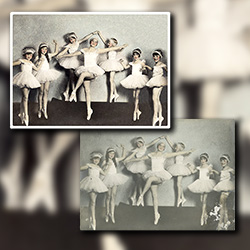
|
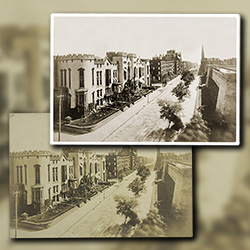
|
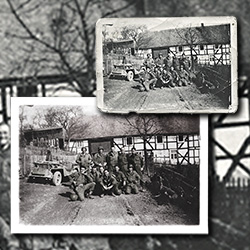
|

|